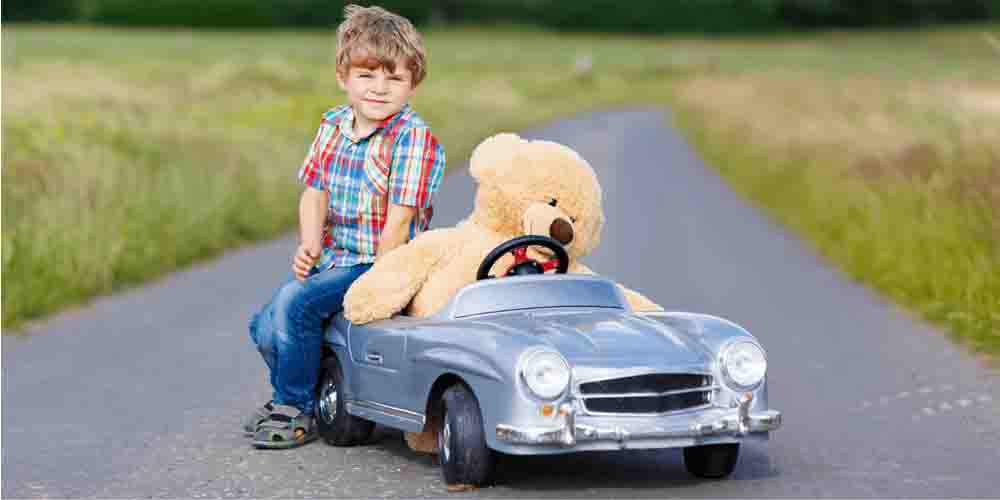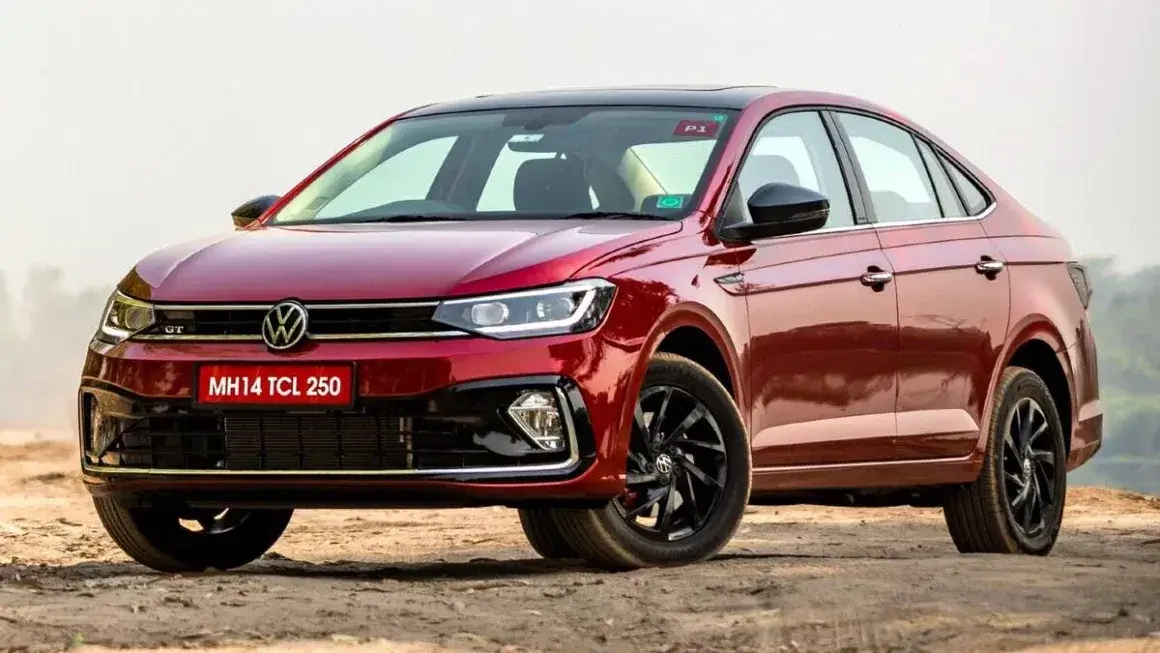So you’re thinking of purchasing a ride on car for your child. Congratulations! Ride-on Cars are one of the most favorite toys on the market today, and if you choose a proper toy car, you will give your kids hours of safe, never-ending fun and promote a healthier lifestyle as they will be playing for hours in the fresh air! You will also help them improve their motor skills. Before buying a ride on car for your child, you need to know the main distinctions. This article will help you make the proper finding.
There are many different ride on cars today, but the fundamental difference is that some are pedal-powered and battery-powered.
Pedal Ride on Cars for Kids
Pedal cars come in 2 options push the pedal and rotary pedal. The push pedal uses a stirrup-style pedal where the child alternately makes each pedal. Rotary pedal toy vehicles are similar to bicycles and usually use a chain. If you choose a chain-driven pedal ride on car, always make sure the chain is covered, so the child cannot get stuck up in it or get grease on his pants.
Also, there is no footplate, which allows the child to push the pedal car along their feet. This is, of course, ideal for more minor kids that may not be able to reach the pedals yet or have the ability to pedal their ride on car.
Pedal Cars are a great way of stimulating your kids to get lots of fresh air and tons of activity. You don’t need to recharge any batteries, and they tend to be cheaper than battery ride on cars. Pedal cars are suitable for riding on flat surfaces and tarmac.
Battery Powered Ride on Cars for Kids
Battery-powered cars are faster than their pedal car counterparts. 6-volt ride on cars travel at speeds of approximately 3mph/5kh (about an adult’s walking pace); 12-volt ride on cars can travel at speeds up to 5mph/8kh (about an adult’s jogging pace). The battery usually lasts for approximately one and a half to 2 hours before recharging.
6-volt ride on cars run well on hard flat surfaces but can run on grass, although the speed would be affected depending on the length of the grass and if there are any slopes to contend with.
12-volt ride on cars tend to be more suitable for older children, needing the extra power for a heavier child. They can run on most surfaces, including grass and gravel (if the vehicle is to be run mainly on the grass, a 12 volt is probably the best option).
Many battery-powered ride-on cars have progressive acceleration, which means the more the child puts their foot down, the faster it will go (up to the maximum 5 mph/8kh). This makes for a more realistic experience for the child. Also, once the child removes their foot from the accelerator, the car will stop.
Other things to consider
When buying kid’s ride-on cars, it is better to pick one that is either fully assembled or requires almost no assembly. Some lesser-quality electric power vehicles have to be assembled when they arrive, and the instructions are not always easy to understand!
Whether you buy a pedal-powered or battery-powered ride-on car, you want to be sure that these ride-on cars are safe and built to high standards. For cars produced in Europe, they should display the CE mark. You will then be secure knowing that the ride on car you buy for your child has passed all the safety standards required and will be sturdily made and capable of withstanding the rough and tumble these cars may receive.
If you follow the above advice, you are sure to find a ride on car that is suitable for your child, ensuring they will have years of fun!





